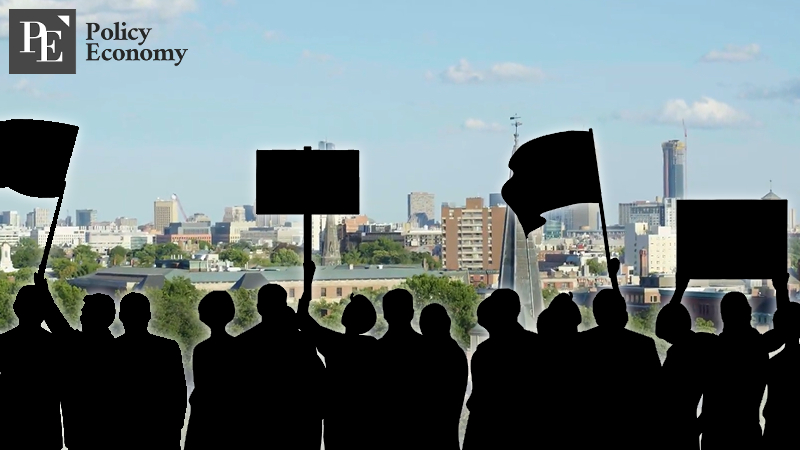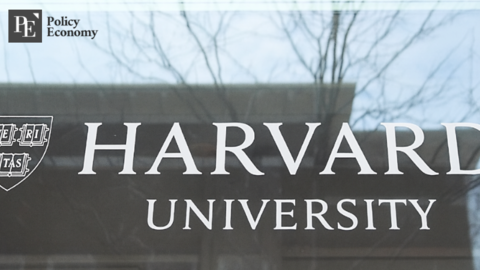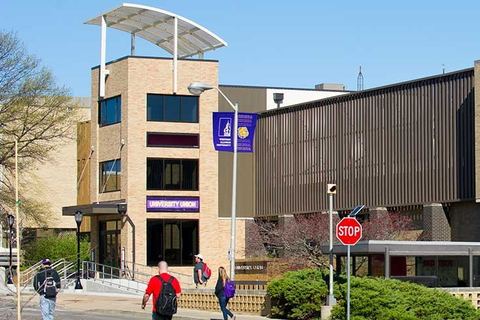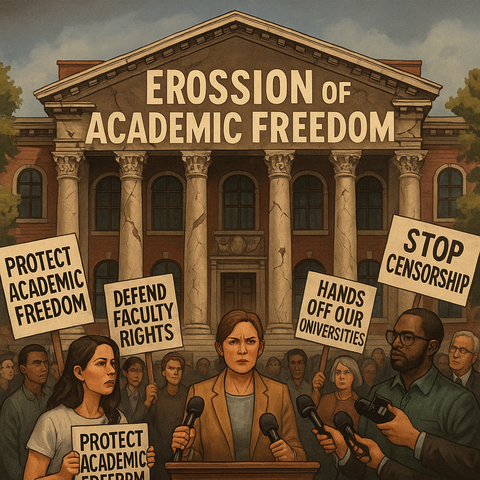Harvard's Austerity and Boston's Silence: America's Knowledge-Based Economy on the Brink
Input
Modified
Quiet Austerity Begins Amid Funding Cuts Crisis Looms as International Students Are Barred, Cutting Off Key Revenue Local Community’s Economic Engine Also Comes to a Halt

As U.S. President Donald Trump’s anti-university stance grows increasingly severe, more than 4,000 colleges across the country are facing financial difficulties. Recently, policies blocking international student enrollments have been added to the mix, prompting several prestigious universities to declare austerity measures, while small and mid-sized institutions face existential uncertainty. The ripple effects of this crisis go beyond education, threatening the economic foundations of college-centered cities like Boston.
Research Suspensions and Layoffs Amid Financial Struggles
On 22nd May (local time), foreign media reported that Harvard University recently decided to reduce President Alan Garber’s salary to three-quarters of its previous level. This is a clear sign of the sweeping austerity measures universities have begun following cuts to government research funding and tightened donation regulations. Hopi Hoekstra, Dean of Harvard’s Faculty of Arts and Sciences, said, “Given that we can no longer receive research funds as generously as before, urgent and rigorous measures are necessary to uphold the university’s values.”
Graduate schools face similar challenges. Harvard T.H. Chan School of Public Health, which depends on government research funding for about half of its budget, has seen most of this support cut off, forcing belt-tightening. It is reducing new student admissions and slashing basic expenses like coffee, food services, printers, and phones. A spokesperson lamented, “Following a USD 2.26 billion cut in federal research funding, an additional USD 450 million has been cut, making research suspensions and staff reductions inevitable.”
Harvard is not alone. Columbia University recently lost government support for over 300 research projects related to antisemitism controversies, resulting in the layoff of 180 researchers involved. Columbia plans to use internal stabilization funds to continue research temporarily, but the outlook remains grim. Interim President Claire Shipman stated in a recent local media op-ed, “The financial burden and pressures on research are severe.”
Princeton University has instructed all departments to reduce budgets by up to 10% over the next three years, citing steep declines in government research grants and increased taxes on donations. Michigan State University also warned that policy changes require restructuring its finances in the short, medium, and long term.
The Trump administration's aggressive pressure is at the root of these austerity waves. Early in his term, Trump openly expressed disdain for academic work misaligned with conservative values, undermining university autonomy and budget flexibility. Already struggling with declining student enrollment, colleges now face a “double burden” of reduced funding and increased regulation.

Threatened Status as an Intellectual Hub
The crisis deepened as Trump announced plans to block international student enrollments at Harvard. International students constitute a critical revenue stream since they pay several times more tuition than domestic students but receive relatively few scholarships, significantly supporting university cash flow.
This high reliance on international students is particularly pronounced at elite schools like Harvard, MIT, and Columbia. According to the National Center for Education Statistics (NCES), as of 2023, about 6,800 of Harvard’s approximately 25,000 students — or 27% — were international. Columbia’s international student ratio was even higher, at 39%, with 246 universities nationwide having over 10% international students.
Within the U.S., Trump’s remarks are widely viewed as a signal of broader policies to restrict foreign admissions and tighten border controls. With existing visa policy tightening and background checks reducing international student numbers, additional government regulation threatens the U.S.’s position as a global “intellectual hub,” a concern consistently echoed by educators.
Soaring Vacancy Rates Shake the Local Economy
Perhaps most troubling is how the financial crisis in universities impacts the entire regional economy, a phenomenon evident in Boston, where Harvard is located. Harvard has long been Boston’s largest employer and economic cornerstone. But recent austerity and major spending cuts have spread a sense of crisis across local businesses, real estate markets, and research complexes, with money drying up. Employment and consumption in the city have contracted noticeably, weakening the region’s economic momentum.
In fact, Boston’s life sciences cluster near Harvard saw vacancy rates exceed 30% this year. Startup incubators connected to the university are struggling to attract investment or tenants. The biotech, pharmaceutical, and medical device companies concentrated there, once buoyed by close academic ties to Harvard and MIT, now face a contraction in activity amid university financial troubles.
Harvard and Boston’s case illustrates how major U.S. universities have long served as economic engines for their surrounding communities. Beyond direct spending by faculty, staff, and students, universities drive capital circulation through building construction, research institutes, and academic conferences. The austerity at Harvard, Columbia, and other top institutions signals not just a crisis in higher education financing but a complex systemic threat that also jeopardizes cities, industries, and national competitiveness.





















